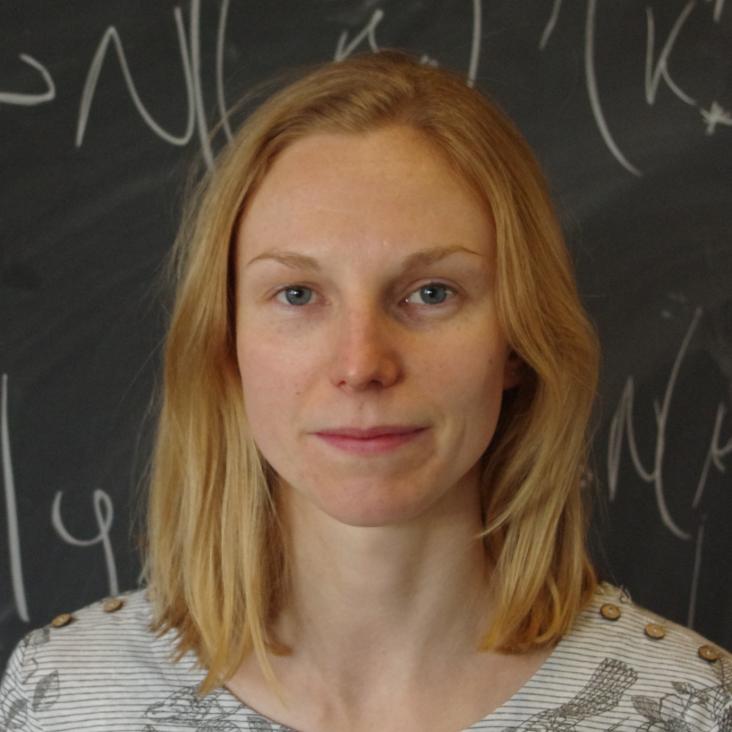Deep Extragalactic VIsible Legacy Survey (DEVILS): consistent multiwavelength photometry for the DEVILS regions (COSMOS, XMMLSS, and ECDFS)
Monthly Notices of the Royal Astronomical Society Oxford University Press 506:1 (2021) 256-287
Abstract:
The Deep Extragalactic VIsible Legacy Survey (DEVILS) is an ongoing high-completeness, deep spectroscopic survey of ∼60 000 galaxies to Y < 21.2 mag, over ∼6 deg2 in three well-studied deep extragalactic fields: D10 (COSMOS), D02 (XMMLSS), and D03 (ECDFS). Numerous DEVILS projects all require consistent, uniformly derived and state-of-the-art photometric data with which to measure galaxy properties. Existing photometric catalogues in these regions either use varied photometric measurement techniques for different facilities/wavelengths leading to inconsistencies, older imaging data and/or rely on source detection and photometry techniques with known problems. Here, we use the PROFOUND image analysis package and state-of-the-art imaging data sets (including Subaru-HSC, VST-VOICE, VISTA-VIDEO, and UltraVISTA-DR4) to derive matched-source photometry in 22 bands from the FUV to 500 μm. This photometry is found to be consistent, or better, in colour analysis to previous approaches using fixed-size apertures (which are specifically tuned to derive colours), but produces superior total source photometry, essential for the derivation of stellar masses, star formation rates, star formation histories, etc. Our photometric catalogue is described in detail and, after internal DEVILS team projects, will be publicly released for use by the broader scientific community.The multiwavelength properties of red QSOs: Evidence for dusty winds as the origin of QSO reddening
Astronomy & Astrophysics EDP Sciences 649 (2021) a102
The rapid transition from star formation to AGN-dominated rest-frame ultraviolet light at z ≃ 4
Monthly Notices of the Royal Astronomical Society Oxford University Press 502:1 (2021) 662-677
Abstract:
With the advent of deep optical-to-near-infrared extragalactic imaging on the degree scale, samples of high-redshift sources are being selected that contain both bright star-forming (SF) galaxies and faint active galactic nuclei (AGN). In this study, we investigate the transition between SF- and AGN-dominated systems at z ≃ 4 in the rest-frame ultraviolet (UV). We find a rapid transition to AGN-dominated sources brightward of MUV ≃ −23.2. The effect is observed in the rest-frame UV morphology and size–luminosity relation, where extended clumpy systems become point-source-dominated, and also in the available spectra for the sample. These results allow us to derive the rest-frame UV luminosity function (LF) for the SF- and AGN-dominated subsamples. We find the SF-dominated LF is best fit with a double power law, with a lensed Schechter function being unable to explain the existence of extremely luminous SF galaxies at MUV ≃ −23.5. If we identify AGN-dominated sources according to a point-source morphology criterion, we recover the relatively flat faint-end slope of the AGN LF determined in previous studies. If we instead separate the LF according to the current spectroscopic AGN fraction, we find a steeper faint-end slope of α = −1.83 ± 0.11. Using a simple model to predict the rest-frame AGN LF from the z = 4 galaxy LF, we find that the increasing impact of host galaxy light on the measured morphology of faint AGN can explain our observations.MIGHTEE: are giant radio galaxies more common than we thought?
Monthly Notices of the Royal Astronomical Society Oxford University Press 501:3 (2020) 3833-3845
Abstract:
We report the discovery of two new giant radio galaxies (GRGs) using the MeerKAT International GHz Tiered Extragalactic Exploration (MIGHTEE) survey. Both GRGs were found within a ∼1 deg2 region inside the COSMOS field. They have redshifts of z = 0.1656 and z = 0.3363 and physical sizes of 2.4 and 2.0 Mpc, respectively. Only the cores of these GRGs were clearly visible in previous high-resolution Very Large Array observations, since the diffuse emission of the lobes was resolved out. However, the excellent sensitivity and uv coverage of the new MeerKAT telescope allowed this diffuse emission to be detected. The GRGs occupy an unpopulated region of radio power – size parameter space. Based on a recent estimate of the GRG number density, the probability of finding two or more GRGs with such large sizes at z < 0.4 in a ∼1 deg2 field is only 2.7 × 10−6, assuming Poisson statistics. This supports the hypothesis that the prevalence of GRGs has been significantly underestimated in the past due to limited sensitivity to low surface brightness emission. The two GRGs presented here may be the first of a new population to be revealed through surveys like MIGHTEE that provide exquisite sensitivity to diffuse, extended emission.Augmenting machine learning photometric redshifts with Gaussian mixture models
Monthly Notices of the Royal Astronomical Society Oxford University Press 498:4 (2020) 5498-5510


